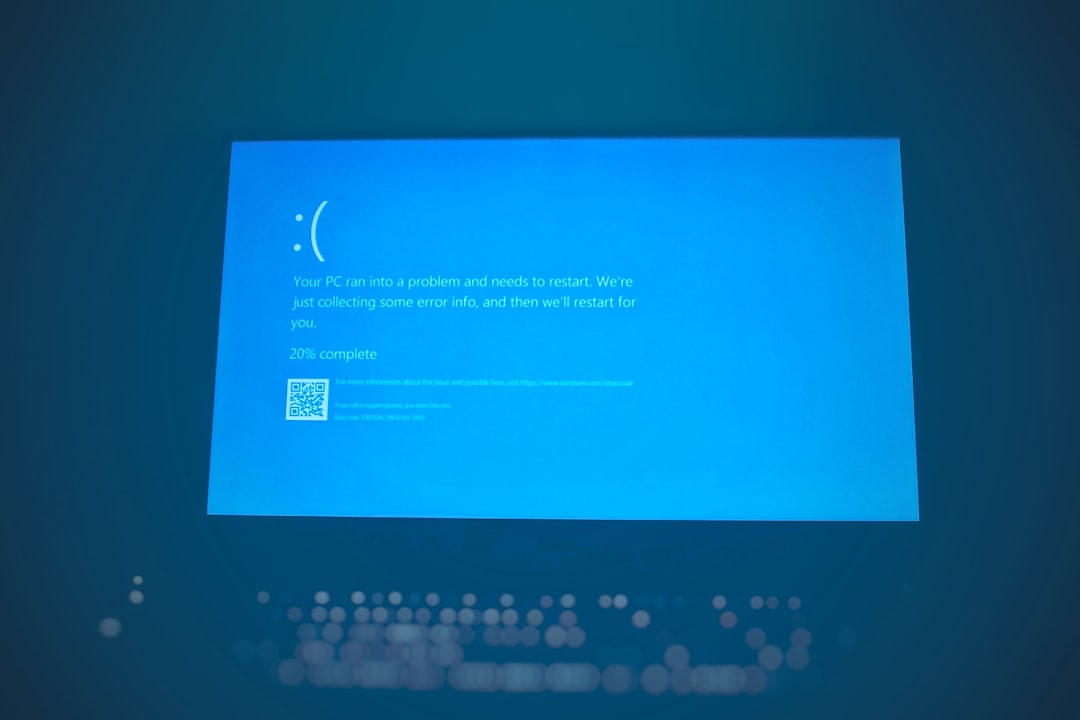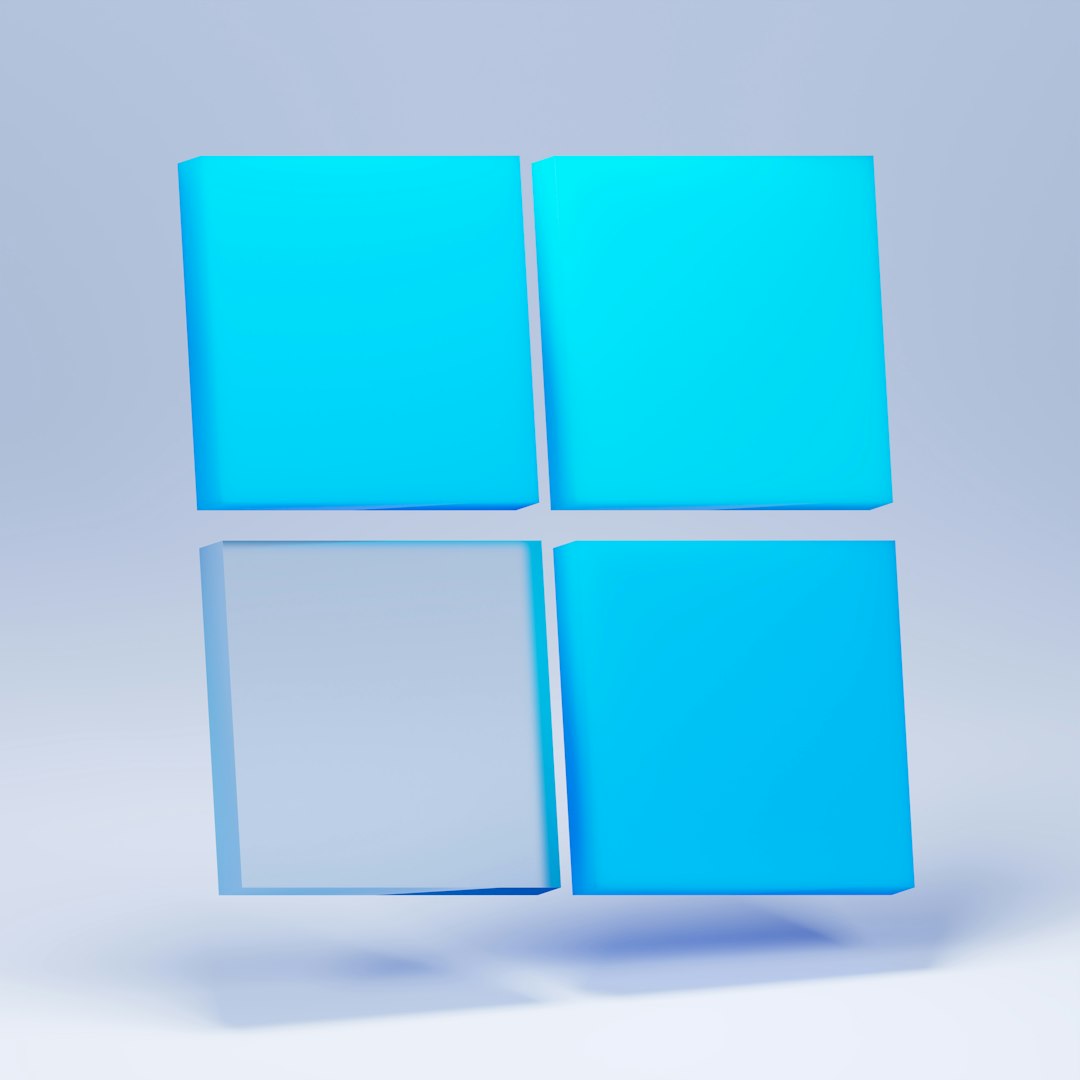You’re cruising through your day, maybe getting some work done or catching up on your favorite game, when you suddenly get hit with the dreaded Windows Update Error 0x8024a223. Everything comes to a halt. Updates won’t install, your PC becomes sluggish, and frustration begins to rise.
We’ve all been there, but don’t worry—this tricky little error doesn’t have to ruin your day. This guide will not only explain what causes the infamous error code 0x8024a223, but also walk you through a quick and effective fix that gets you back on track in no time.
What Is Windows Update Error 0x8024a223?
Error code 0x8024a223 typically appears when there’s a communication issue between your operating system and Microsoft’s update servers. It can also result from corrupted Windows system files, incorrect settings, or temporary glitches in the Windows Update components.
Common symptoms include:
- Failed Windows Updates with repetitive error messages
- Slow system performance during the update process
- Inability to download or install cumulative updates

Why Should You Fix It Right Away?
Delaying Windows updates—especially when there’s an error—can leave your system vulnerable to security risks and software bugs. Microsoft releases important patches frequently, and skipping them may result in:
- Exploitation of system vulnerabilities
- Incompatibility issues with applications
- Longer troubleshooting time in the future
Now that you understand the risks, let’s dive into the solution.
Quick Fix for Windows Update Error 0x8024a223
Here’s your straightforward plan of attack. We’ll walk through easy-to-follow steps to eliminate error 0x8024a223 so your system can get back to functioning normally.
1. Restart Your Computer
It may sound cliché, but it works! Sometimes, a simple reboot clears temporary glitches blocking your updates. Restart your PC and try updating again before moving on.
2. Run the Windows Update Troubleshooter
Windows comes equipped with a handy tool specifically designed to troubleshoot update problems.
- Click on Start and open Settings.
- Select Update & Security and then Troubleshoot.
- Click on Additional troubleshooters and select Windows Update.
- Click Run the troubleshooter and follow the on-screen instructions.
This tool will detect and attempt to fix issues automatically.
3. Restart Windows Update Services
If the troubleshooter doesn’t resolve the issue, the next step is manually restarting crucial update services:
- Search for cmd in the Start menu, right-click on Command Prompt, and choose Run as administrator.
- Type the following commands one by one, pressing Enter after each:
net stop wuauservnet stop bitsnet start wuauservnet start bits
This command sequence stops and restarts the Windows Update and Background Intelligent Transfer Services.
4. Clear the Windows Update Cache
Corrupt cache files can prevent updates. Clean the SoftwareDistribution folder to resolve this:
- Open Command Prompt as administrator.
- Stop services again as shown earlier.
- Navigate to
C:\Windows\SoftwareDistributionusing File Explorer. - Delete all files and folders inside.
- Restart the update services using the
net startcommands.

Now retry installing the update. In many cases, this straightforward method works like a charm.
5. Use the System File Checker (SFC Tool)
If you still see the error, it might be due to missing or corrupted system files. Here’s how to repair them:
- Open Command Prompt as administrator.
- Type
sfc /scannowand press Enter. - Let the scan complete. If issues are found, they’ll be repaired automatically.
After running the SFC tool, restart your PC and run Windows Update again.
Still Having Trouble?
If none of the above methods worked, consider using the Windows Update Assistant, a free utility from Microsoft that can manually guide the update process. Simply search for “Windows Update Assistant” on Microsoft’s website and follow the instructions to update your system to the latest version.
Final Thoughts
Error 0x8024a223 may be annoying, but it’s rarely permanent. With just a little patience and these proven steps, your system will be updating smoothly once again. Don’t let this error keep you from important updates and new features that help your PC perform better.
Remember to keep your antivirus up-to-date and perform regular maintenance to avoid such issues in the future. If the problem persists after all attempts, reaching out to Microsoft Support or a professional technician might be the best course of action.
Stay secure, stay updated, and keep your system running like new!